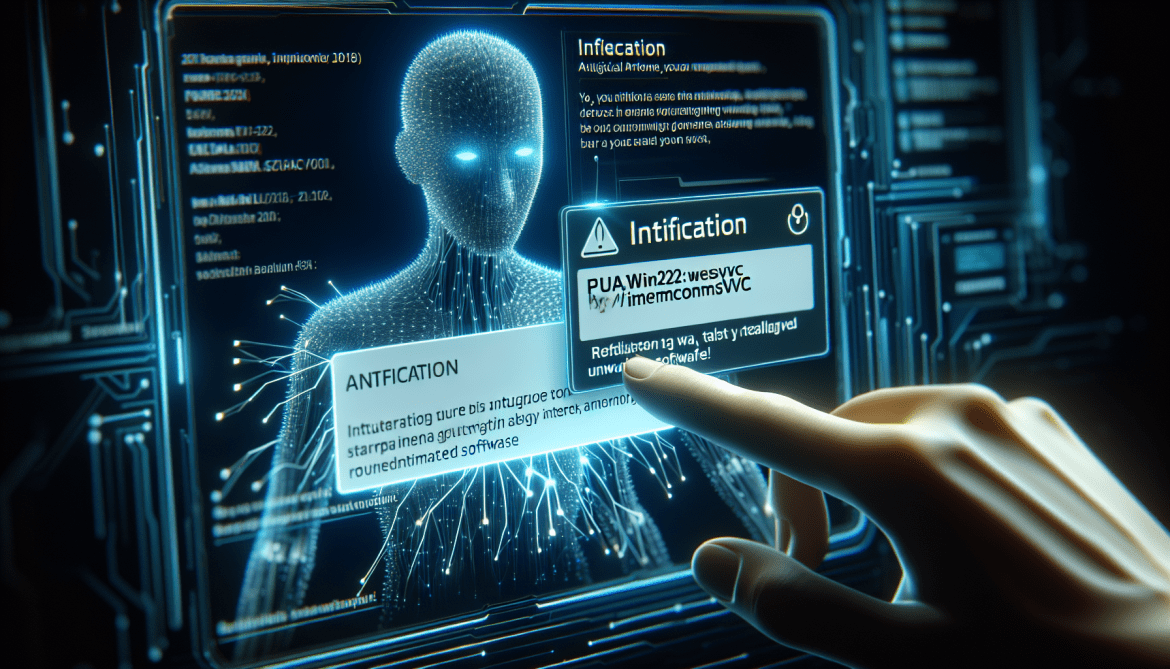Ransom:Win32/Sekhmet!Msr is a type of malware that belongs to the ransomware category. Ransomware is malicious software designed to encrypt files on a victim’s computer and demand a ransom payment in exchange for restoring access to those files.
Ransom:Win32/Sekhmet!Msr infects computers through various methods, including:
1. Email attachments: The malware may be distributed through spam emails that contain infected attachments. When the attachment is opened, the malware is executed, infecting the computer.
2. Malicious websites: The malware can also be downloaded from websites that have been compromised or created solely for distributing malware. Users can unknowingly download the malware by clicking on malicious links or downloading infected files from these websites.
3. Exploit kits: Ransom:Win32/Sekhmet!Msr may exploit vulnerabilities in software or operating systems to gain unauthorized access to a computer. This can happen when a user visits a compromised website or clicks on a malicious advertisement.
Once the malware infects a computer, it typically starts encrypting files using a strong encryption algorithm, making them inaccessible to the user. After completing the encryption process, the malware displays a ransom note, demanding a payment in cryptocurrency, such as Bitcoin, in exchange for the decryption key.
It is important to note that paying the ransom does not guarantee that the decryption key will be provided, and it may also encourage further criminal activity. It is recommended to prevent infections by regularly updating software, using reliable antivirus software, and exercising caution when opening email attachments or visiting unfamiliar websites.










